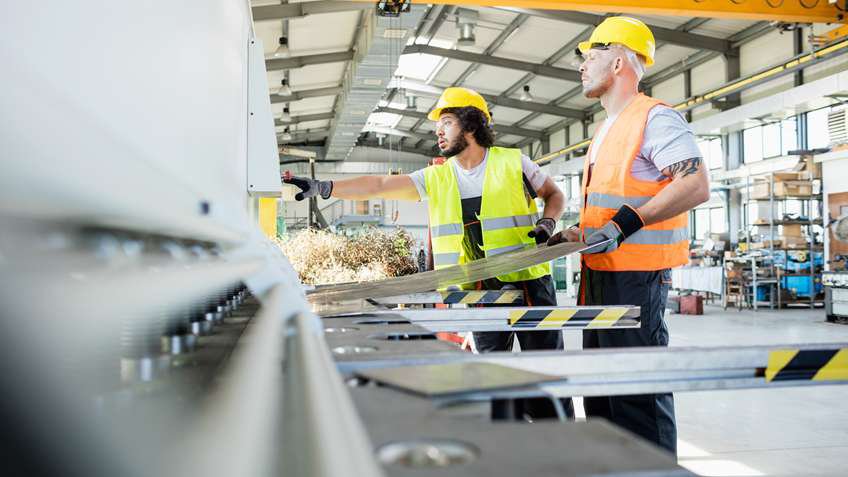Digital technology continues to transform manufacturing. And as smart factory initiatives escalate, original equipment manufacturers (OEMs) face new demands for highly productive, information-enabled machines that support digital transformation while also helping to maintain safety and security.
Not so long ago, “productivity,” “safety” and “security” were viewed as separate machine considerations, often at odds with each other. However, in modern connected plants, they’re indelibly linked. A security breach on an industrial control system can delay production, damage equipment, injure workers or harm the environment.
Machine builders play a key role in helping manufacturers capture the benefits of connectivity — and mitigate risk. Thanks to new technologies like smart safety and CIP Security™, you can rethink your approach to machine design and step up to the challenge.
Smarter Devices, Smarter Safety
Of course, machine safety has always been a critical consideration in your designs. But conventional machine-safety systems provide little or no data.
For example, the system can notify an operator that a line has stopped, but can’t provide any information about the position or nature of the fault. So even an easily corrected safety fault — like a guarded access door being slightly ajar — can result in extensive troubleshooting and lost production time.
The key to smart safety and better machine productivity is more information. Smart safety takes advantage of digital technology and network connectivity to provide rich data that can optimize performance.
Simply put, smart safety controllers and devices acquire and process data — and can monitor and report on asset conditions in real time. They can communicate on the same EtherNet/IP™ network that runs the rest of the machine using a safety-based communication protocol — or built-in CIP Safety™ functionality, like a light curtain.
Smart safety devices provide diagnostic information that can deliver valuable insights, such as exactly where a safety-related failure is occurring or if workers are following standard operating procedures. Also, smart safety devices support better visibility into operations and deliver the information manufacturers need to make better decisions about how to improve their processes.
The results are faster troubleshooting, more machine uptime and higher throughput.



